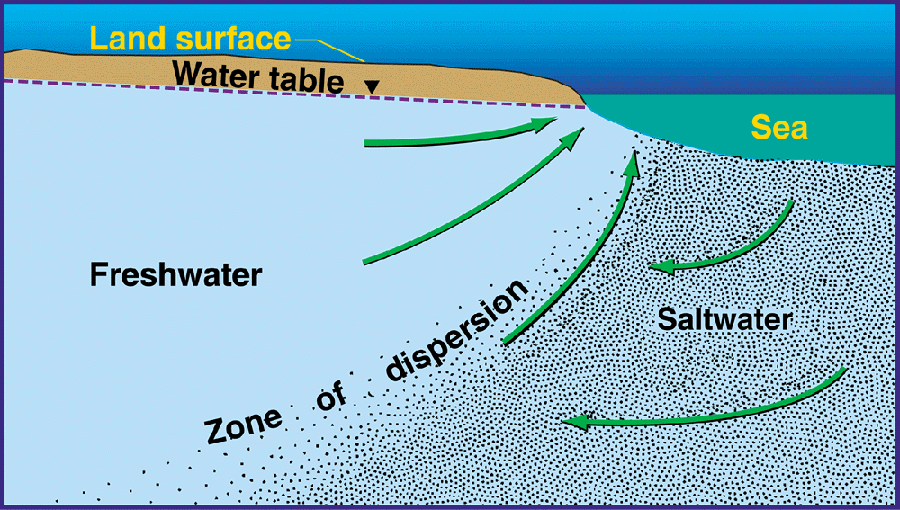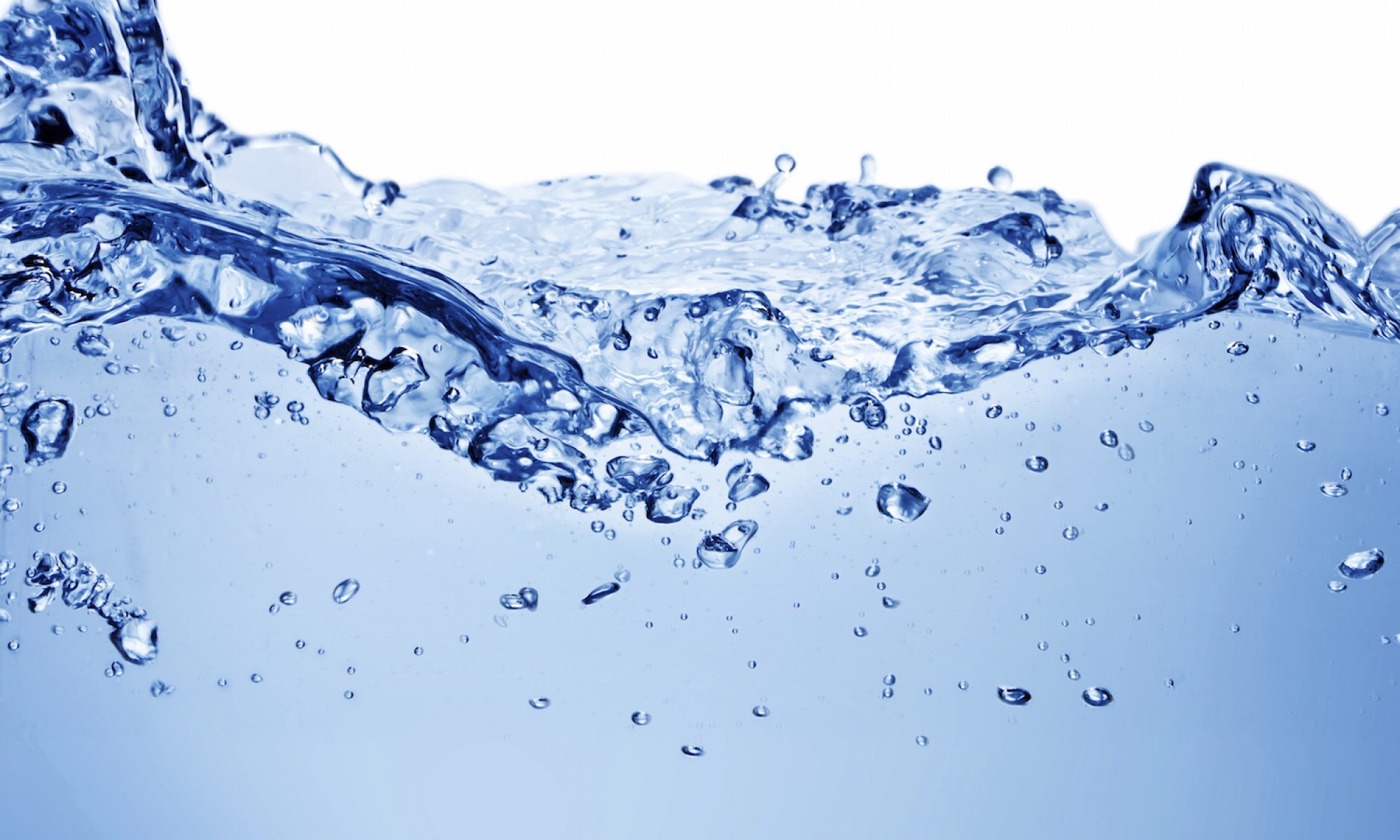The above graphics show how groundwater pumping for agriculture use has lead to decreased river flow in several areas in California. It demonstrates the connection between the groundwater and the surface water. It also shows how severe the consequences (environmental and economic) can be if we fail to acknowledge the connection and do no regulate the groundwater.
As we see in the map, area near
In agricultural areas, the central valley, a lot of groundwater is consumed to water crops. To increase agricultural production, farmers use pesticides which get restored into groundwater (via rainfall or watering crops). Decreasing groundwater and increasing amount of pesticides in water is destroying groundwater quality. Above two maps shows that census tracts using more pesticides are also at risk of groundwater quality. We can see that

In the groundwater threat maps, almost all the areas near the sea are at risk because of saltwater intrusion. This happens when the level of groundwater is going down and sea water is mixing up with groundwater (aquifer/ Freshwater). When Freshwater is at a regular level, freshwater has more pressure which is keeping seawater away. When the level of freshwater goes down, sea water will have more pressure and it will mix into freshwater.

An urban area like LA (LA city oil field), water quality is at risk because of industries and saltwater intrusion. Factories are dumping chemicals into the water resources that goes into groundwater storage. Oil leakage from underground storage tanks in industries is one of the main reason for groundwater contamination. The above picture shows that most of the counties in LA are at major groundwater threat. This is because of excess groundwater usage (drinking, industrial usage), saltwater intrusion, and industrial waste.
Groundwater is also affected by climate change. In dry years, consumption of groundwater increased to 60% in California whereas in normal years consumption is only 40%. Some of the effects of climate change on groundwater are:
- a long term decline in groundwater storage
- increased frequency and severity of groundwater droughts
- increased frequency and severity of groundwater-related floods
- the mobilization of pollutants due to seasonally high water tables
- saline intrusion in coastal aquifers, due to sea level rise and resource reduction.

Thank you in advance!
Best view i have ever seen !
I’ll have to thank you for the success today